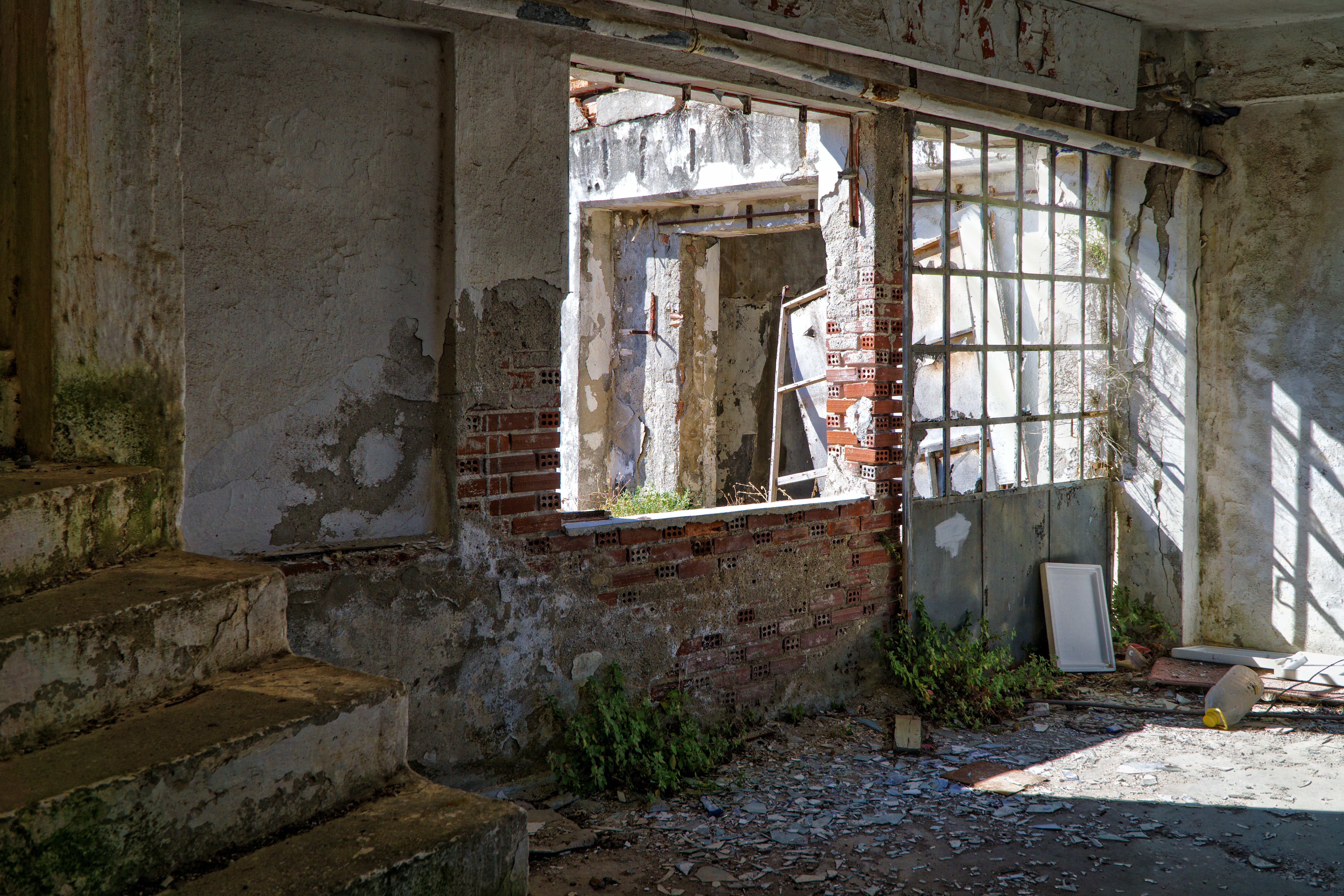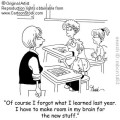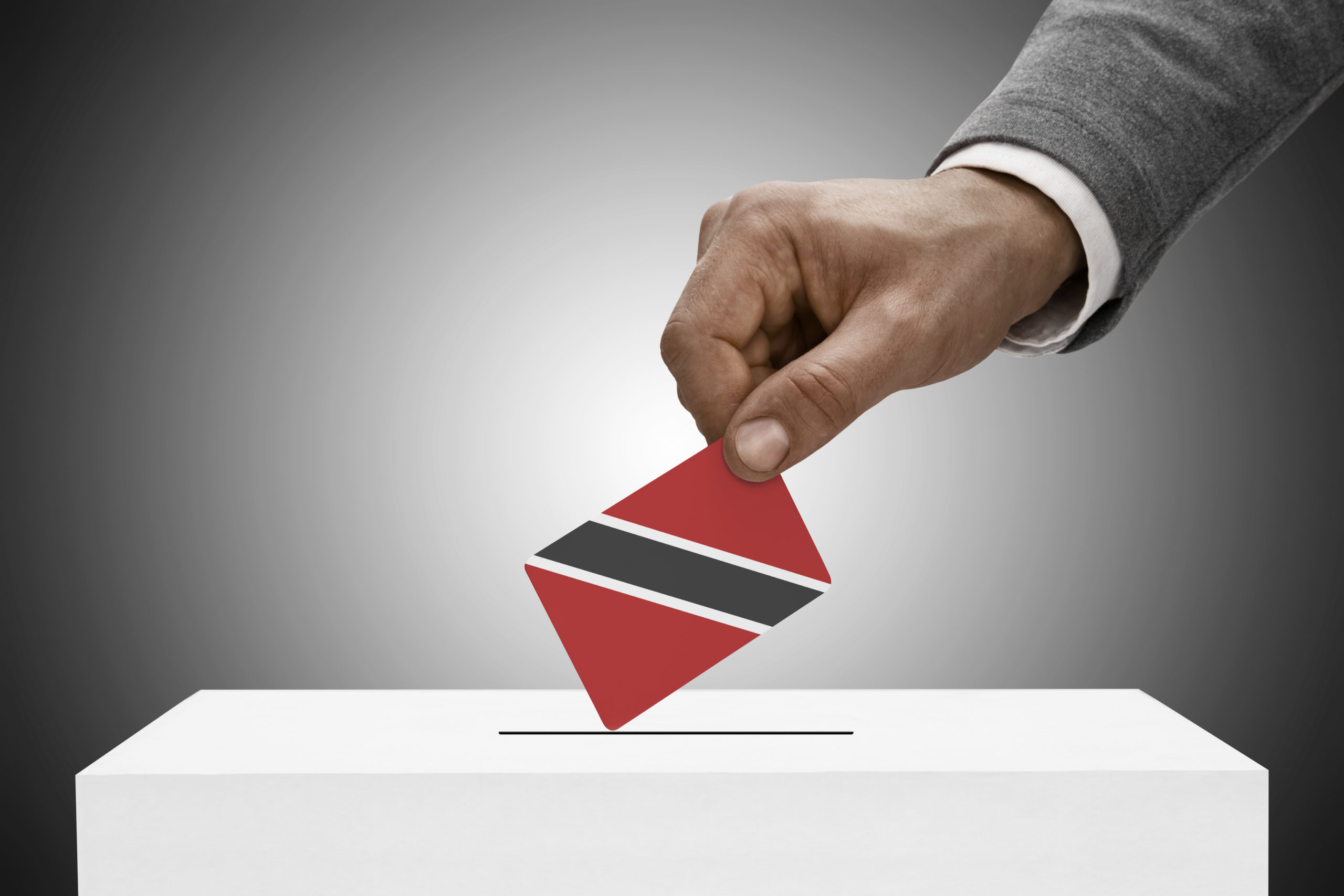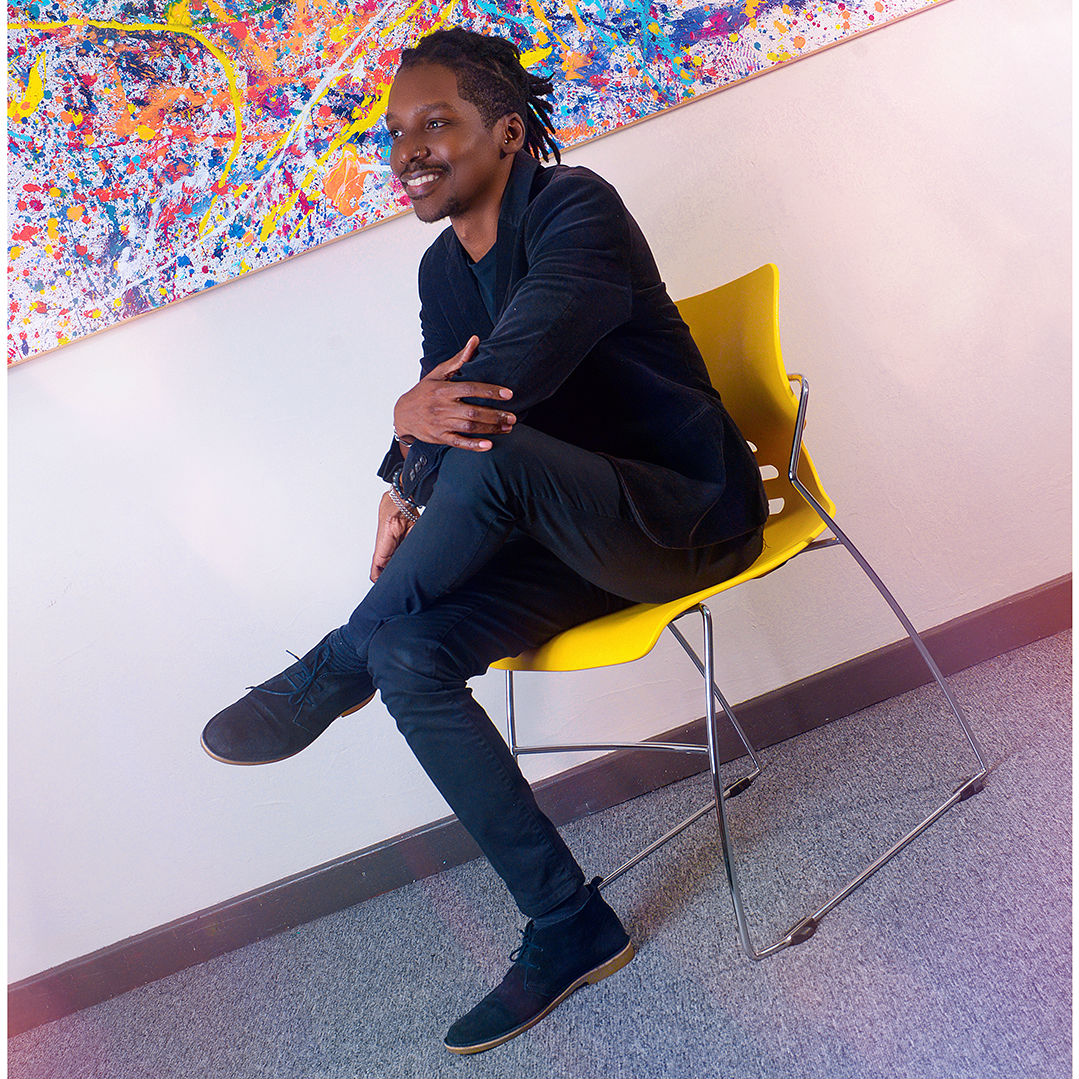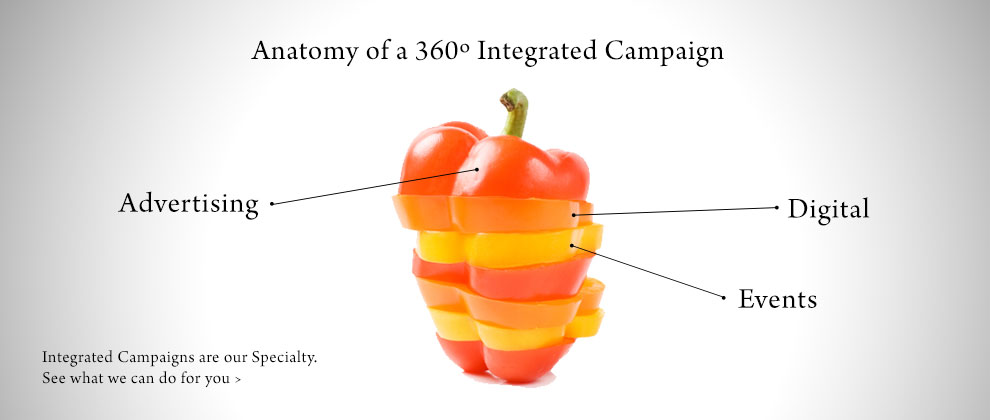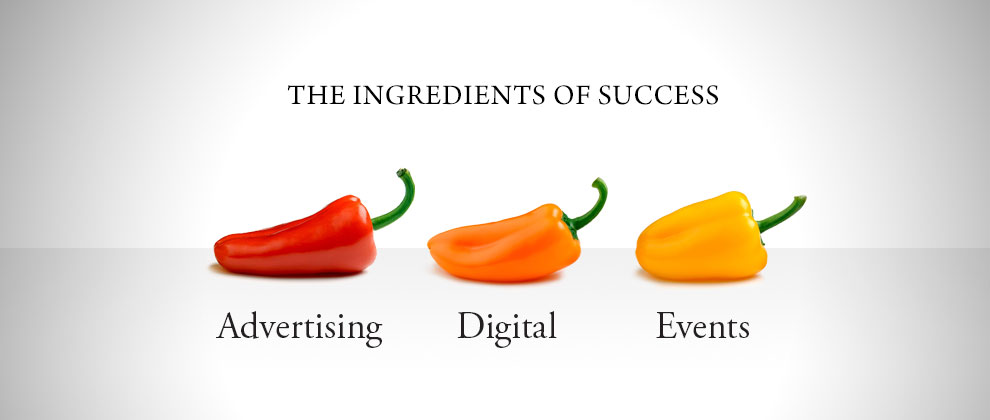Photo by mali maeder from Pexels
In this week’s blog post, Conner, our partner from Junction, Vancouver shares what a business must do to get noticed online.
There’s a major misconception in the marketing world about digital, and it’s our own fault.
Over the past 10 years we’ve flooded blogs, podcasts, and YouTube with the story that the digital revolution has changed everything for the better. The underlying message was always that if businesses would just embrace social, then all of their problems would go away.
That’s just not true.
Social & digital marketing are fundamentally different ways of getting a message out, and they create opportunities that had never previously existed, but that doesn’t make it easy — if anything it makes this thing that we do harder.
Consider a brand’s Instagram account. It’s a phenomenal opportunity to build, develop and grow an audience of people who can participate in regular two-way branded communications. That’s just never been possible at the scale that it is now, especially not for $0 setup cost.
That same account, in order to achieve any of its potential, has just entered into a competition with every viewer’s friends, with their favourite celebrities, news sources, entertainment, and the biggest brands in the world. If you’re in travel & tourism, you’re no longer just competing with the B&B down the street. You’re now competing with @NatGeo for your audience’s attention.
Open, accessible, revolutionary? Yes.
Easy? Absolutely not.
I believe that’s why we have so much frustration in our space about social & digital, and why there’s so much mediocrity. Before you disagree with me, look up a handful of the brands that you do business with on your social media channel of choice. How many are producing the same quality experience there that they do offline? My bet is that you’ll find fewer than 1 in 10.
It’s not because they don’t want to create a great experience, or because they don’t love and respect their customers. It’s because we pitched them this idea that they could have the digital revolution for little or no cash up front.
The fact is that we have to be remarkable to matter.
In those early days, just having a Twitter account and replying to people with a GIF was remarkable. It was unexpected. People lost their minds when Oreo posted a semi-clever image to their Twitter account during a blackout at the Super Bowl. Now, that same tweet would barely get a few favourites.
It’s not that it’s gotten harder, it’s that getting noticed has always been hard. Oreo won because they were ahead of everyone else, because what they were doing was new & different. Now, posting stale flat-lays and sunsets to a branded Instagram account just isn’t interesting.
Our opportunity as a digital industry is to treat our audiences the way that we should have all along: As real people who have options, where it’s on us to earn their attention.
That’s going to require real investments in our people. Whether that means sending our solo-marketer to a photography class, or investing in a social media workshop for our team. It also means that our social and digital channels have to be connected to something remarkable. Warby Parker won not because they used better hashtags, but because they broke a stagnant industry with their business model and told that story to the world through their social accounts.
The same goes for brands like lululemon, MailChimp, Tight Club, WealthSimple, Article, and Tourism Queensland — they identified something remarkable inside of themselves, invested in high quality digital channels that would tell that story, and built on that over time.
To cherry-pick an example: that WealthSimple ad campaign that everyone’s been raving about. It would be a massive failure if their product wasn’t actually the easiest way to create an efficient investment account. But the whole thing is remarkable, so it works.
Similarly, Article sells a commodity: furniture. You can get the roughly the same things for roughly the same price in hundreds of different places. What they did is created a beautiful digital space to shop, an easy ordering & delivering process, and they applied that same level of care & quality to their social.
They’re not revolutionary, they’re remarkable, and it’s why they’re killing it.
The next team that comes along and tells the same story as either of them won’t get noticed; they’ll be yesterday’s news.
SO WHAT?
What you can be doing about this today is to take a look at your online and offline experiences and have a real-talk conversation with yourself. Ask: What’s remarkable about doing business with us?
If the answer comes back: Nothing, then you have some bigger problems on your hands than a social strategy can heal.
Assuming that there is something special, something worth remarking to friends about, then ask whether your social & digital are living up to it.
When what you’re doing online and offline tell the same clear, quality story, then all of those digital revolution promises can come true, but that doesn’t mean that it’s going to be easy.
Want to hear more from Conner? Follow @Conner_G on Twitter and sign up here to receive his weekly emails.
